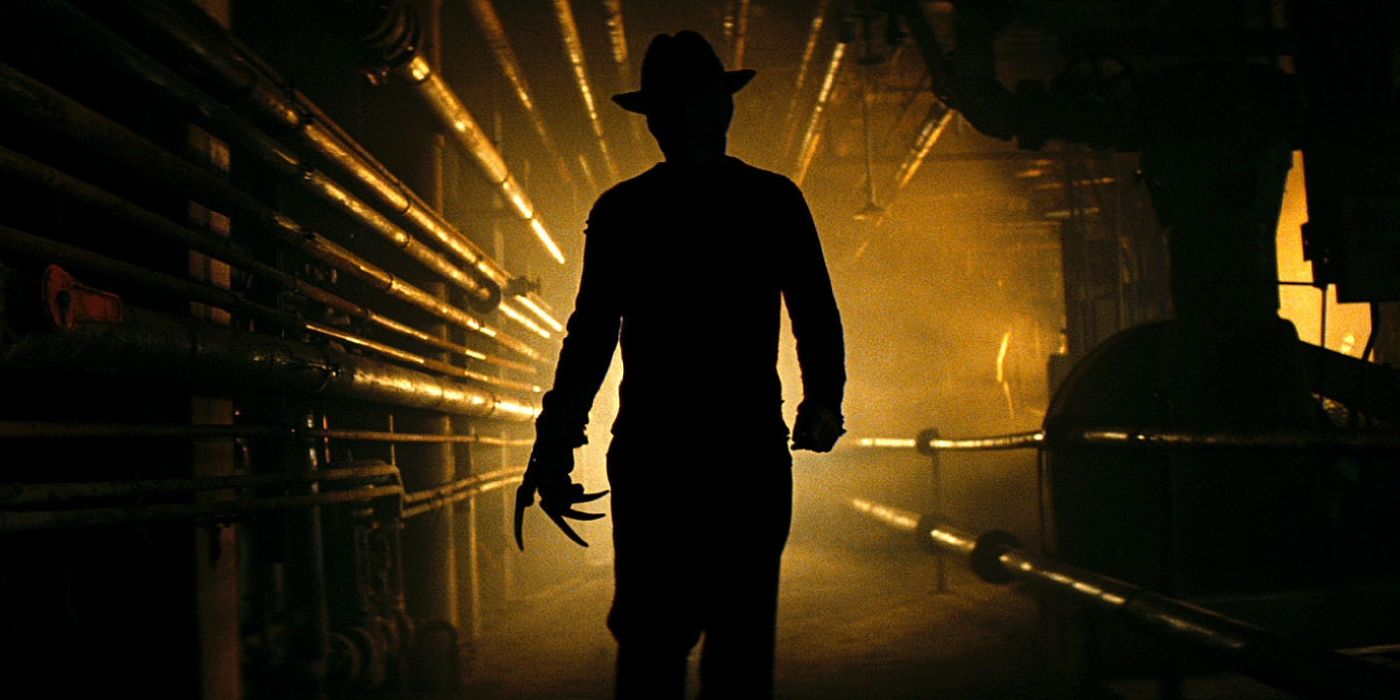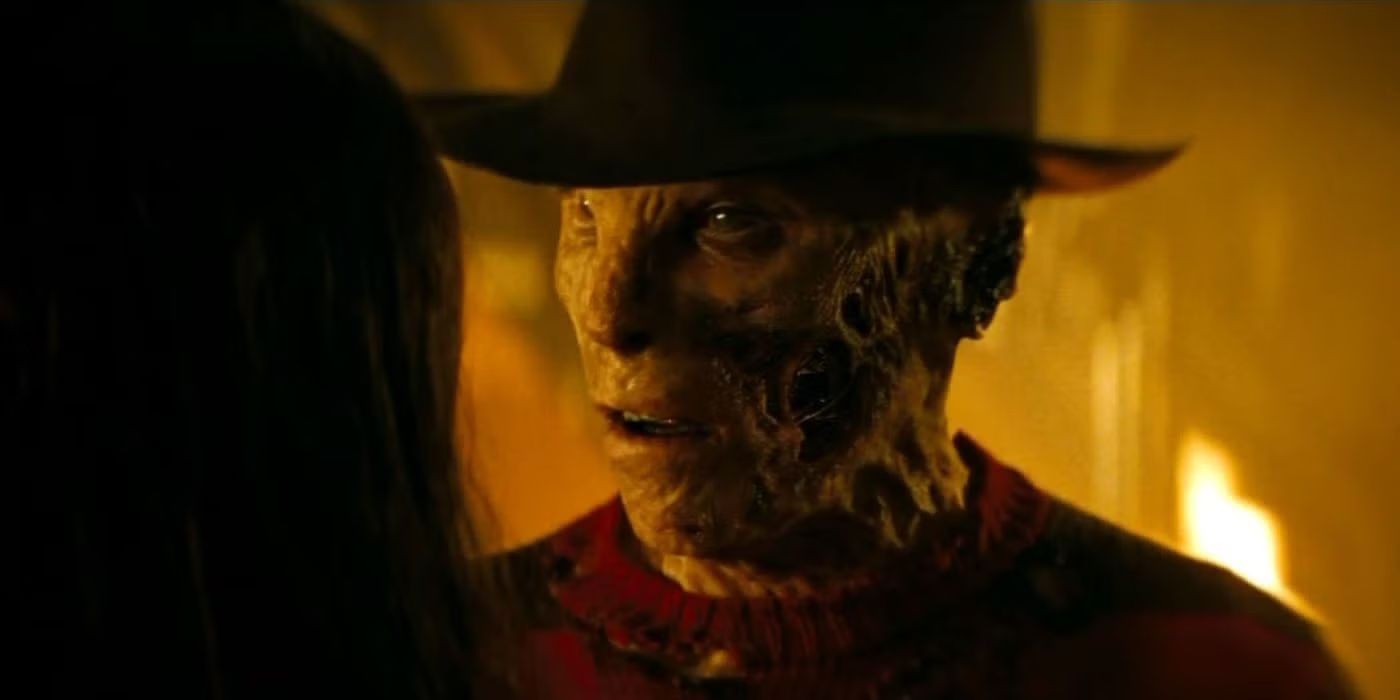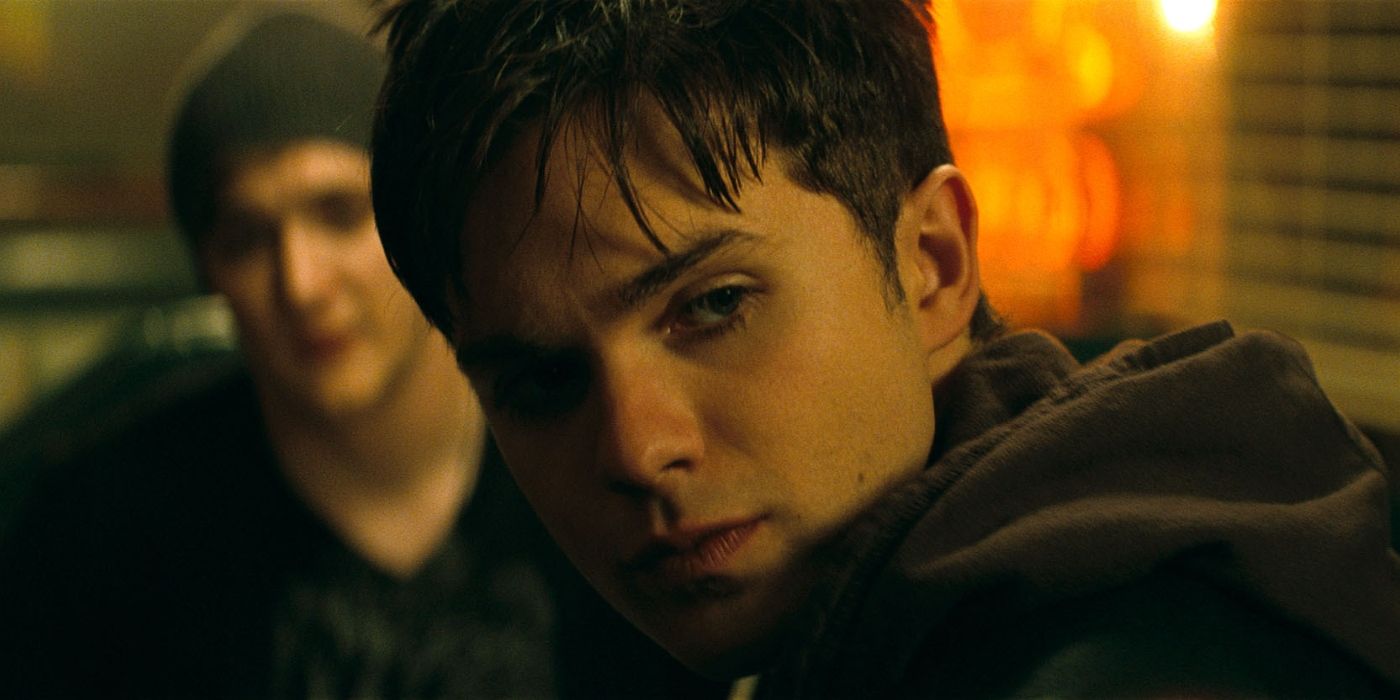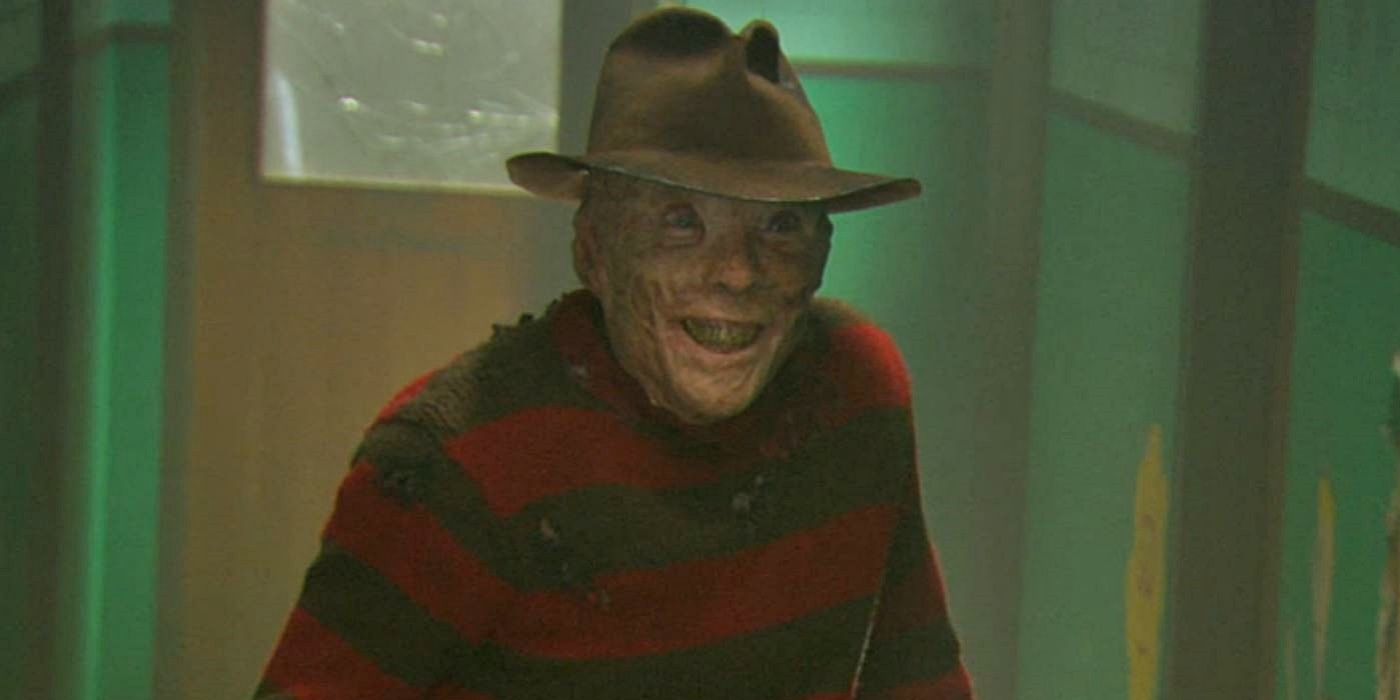
With horror movie remakes gaining immense popularity, it was inevitable that they would occur. Despite the controversy surrounding the remaking of some timeless classics, the industry’s momentum was too powerful to resist, as studios sought to capitalize on this trend. The 2003 remake of “The Texas Chainsaw Massacre” paved the way for the potential success of these films. Once that movie proved successful, no horror franchise was immune. Notable exceptions being smaller-scale reboots, the major titles had already undergone a facelift by 2007 with “Halloween” and 2009’s “Friday the 13th”. This meant that “A Nightmare on Elm Street” was not far off.
Under the guidance of director Samuel Bayer, in his first full-length directing role, the 2015 remake of “A Nightmare on Elm Street” follows the fundamental plotline of Wes Craven’s original 1984 film. However, there are some adjustments. The story unfolds in a fictional Ohio town where a band of teenagers find themselves tormented by dreams featuring a grotesque figure who pursues and kills them in their sleep. As the nightmares intensify, they begin to uncover a shared past trauma that has marked them as targets for this man known as Freddy Krueger.
Released 15 years ago, this reboot aimed to introduce Freddy Krueger to a new generation of audiences. Regrettably, it repeated the common error found in many modern remakes by diluting the fear factor that made the original so terrifying. Sadly, it appears that lessons were not heeded and watching this version proved to be a true nightmare.
The Remake’s Take on Freddy Krueger Is All Wrong

The main issue with the remake lies in how Freddy Krueger is portrayed, despite the wise decision to cast Jackie Earle Haley, who was nominated for an Oscar in 2006’s “Little Children” and delivered strong performances in 2009’s “Watchmen.” The actor himself isn’t at fault because he undeniably gives his best with the material provided. In the original movie, Freddy Krueger is primarily hidden in shadows and gradually revealed as the story unfolds. However, in this remake, efforts are made to shroud Haley’s Freddy in a menacing outline, but these attempts fall flat because the film reveals its version of the character too quickly, leaving it as an unconvincing imitation of the original.
The production company Platinum Dunes, responsible for the remake as well as other productions at that time, emphasized to their filmmaking team that they desired a truly terrifying Freddy who resembled an authentic burn victim, given his demise from the wrathful flames of Elm Street parents. To achieve this, computer-generated imagery was employed to intensify Freddy’s appearance and make it more consistent with a burn victim, but the blend of practical prosthetics with CGI resulted in an aesthetically displeasing visual effect. One of the main criticisms is that the revamped look seems designed for a film, whereas his original appearance appears much more genuine and significantly more frightening.
Hayley finds issues due to the choices made about how Freddy’s voice should sound. While Robert Englund’s voice in the “Nightmare” films is undeniably effective, a large portion of its delivery makes it sound more natural but also unsettling. However, Hayley feels that her voice gets lost when Freddy is portrayed with an overly enhanced tone, which was intended to make it sound supernatural. The end result is simply too loud and booming, rather than scary.
It Poorly Tries Incorporates the Originally-Planned Story

In the remake, one strategy to make Freddy Krueger more terrifying was to clarify aspects of his backstory that were previously vague. Originally, Freddy was written as a child molester, but this element was dropped due to a high-profile child molestation case during the filming of the 1984 original. Instead, Freddy became a child murderer in subsequent films. However, in the remake, they chose to revert back to the original concept, aiming to make their version of Freddy more repulsive and distinct from the humorous caricature created by Robert Englund’s portrayal. The choice itself isn’t problematic, but the way they initially present their version of Freddy leaves viewers with a disturbing impression.
In the beginning, Haley’s character, Freddy, is portrayed as an unjustly accused victim by a group of parents who wrongly assume he has committed terrible acts against their children. Originally, the intention was to present him as an innocent man driven to vengeance in the afterlife due to the actions of the Elm Street parents. However, as the movie progresses, it becomes evident that Freddy is a despicable child molester, a revelation that doesn’t resonate as intended with the audience.
The scene or event isn’t subtly developed, coming across more as an attempt to shock than a genuine part of the storyline or character growth. It seems forced and lacks authenticity; the creators don’t fully invest in it, making it feel unearned. While it’s not necessary for “A Nightmare on Elm Street” to delve deeply into child molestation as a theme, using it casually as a plot device also feels uncomfortable.
The Characters Aren’t Worth Rooting For

One significant problem lies in the fact that, despite the actors’ sincere efforts, none of the characters manage to stir any feelings from the viewers. Instead, they seem like character archetypes rather than fully-developed individuals, a problem that largely stems from the scriptwriting. Kyle Gallner, Katie Cassidy, and Thomas Dekker deliver commendable performances, yet their efforts often feel hindered by the script.
The original film suggests a strong bond of friendship among Nancy, Tina, Glen, and Rod, despite limited screen time for their interactions. The actors manage to convey the impression that they are longtime friends. However, in the remake, there seems to be a lack of genuine connection between the characters, with an unconvincing opening scene being the only indication of any relationship they might share.
Rooney Mara, portraying Nancy, appears somewhat disoriented and seems to be merely going through the motions rather than fully engaging with the role. This might not solely be her fault, as she later disclosed that the experience almost led her to abandon acting altogether, suggesting a lack of enthusiasm for the proceedings. In contrast, Heather Langenkamp’s Nancy exuded a palpable sense of urgency that made viewers cheer her on, an element noticeably absent from Mara’s performance. Despite the remake attempting to establish a strong link between Nancy and Freddy (she was his favorite as a child), this connection never evolves into the expected clash between the villain and heroine, more of a tussle than an epic battle.
Fans and Critics Were Unimpressed With The Remake

As a devoted cinephile, I can’t help but express my disappointment over the financial success of the reboot of “A Nightmare on Elm Street,” which raked in an impressive $117.7 million worldwide. However, the reaction to this film seems to have derailed any further developments within the series. Unfortunately, domestically it only managed to gross a mere $63 million, plummeting dramatically from one weekend to another until it vanished as swiftly as it had appeared. Critics were merciless in their reviews, giving the movie a dismal 14% on Rotten Tomatoes. Reflecting upon Englund’s assessment of the film in 2012, I believe his words succinctly capture all that was amiss with this remake.
In simpler terms, the movie felt somewhat detached to me because it didn’t provide enough scenes showing the kids in their normal state before they became terrified by Freddy. This made it challenging for viewers to empathize with their struggles. Haley gave Freddy a unique twist, but I believe the decision to use a more realistic burn makeup with melted features weakened the character’s intimidating presence. The traditional Freddy make-up, with its strong nose and chin, gives the character a commanding presence and power. Additionally, I portrayed Freddy as if he enjoyed being evil and relished his role in terrifying others. However, Jackie chose to depict Freddy differently.
Fifteen years have passed since Freddy graced the big screen last, and it seems like the rights to “A Nightmare on Elm Street” are the primary obstacle preventing us from enjoying more content from this IP. Whatever the situation may be, here’s hoping that this new version doesn’t mark the end for the franchise, as it deserves a chilling continuation reminiscent of what Wes Craven originally brought to life in 1984.
A Nightmare on Elm Street (2010) is available to stream on Max.
Read More
- Brawl Stars December 2025 Brawl Talk: Two New Brawlers, Buffie, Vault, New Skins, Game Modes, and more
- Clash Royale Best Boss Bandit Champion decks
- Best Hero Card Decks in Clash Royale
- Call of Duty Mobile: DMZ Recon Guide: Overview, How to Play, Progression, and more
- Clash Royale December 2025: Events, Challenges, Tournaments, and Rewards
- Best Arena 9 Decks in Clast Royale
- Clash Royale Witch Evolution best decks guide
- Clash Royale Best Arena 14 Decks
- Brawl Stars December 2025 Brawl Talk: Two New Brawlers, Buffie, Vault, New Skins, Game Modes, and more
- Decoding Judicial Reasoning: A New Dataset for Studying Legal Formalism
2025-06-07 00:03